Human beings have been making up stories and theories to explain the stars since prehistoric times, and the study of the stars has played a crucial role in the development of science and technology throughout history, inspiring everything from calculus to clockwork. But the idea that the stars might be ‘suns’ in their own right, unimaginably distant from Earth, is a surprisingly recent one, and it’s only in the past century or so that astronomers have really got to grips with the true variety of stars.
Are we stardust?
Absolutely – if it weren’t for generations of stars, the universe would contain nothing more than the light elements that formed in the Big Bang. Everything else, from the calcium in our bones to the carbon in our DNA, ultimately comes from stars. Deep in their cores, nuclear fusion forces the nuclei of lightweight atoms together to form heavier ones, and the heavier the star, the further this process goes. Stars like the Sun create elements such as carbon, nitrogen and oxygen through their lives, and then scatter them across space when they die. Heavier stars release iron, gold and uranium when they go supernova.
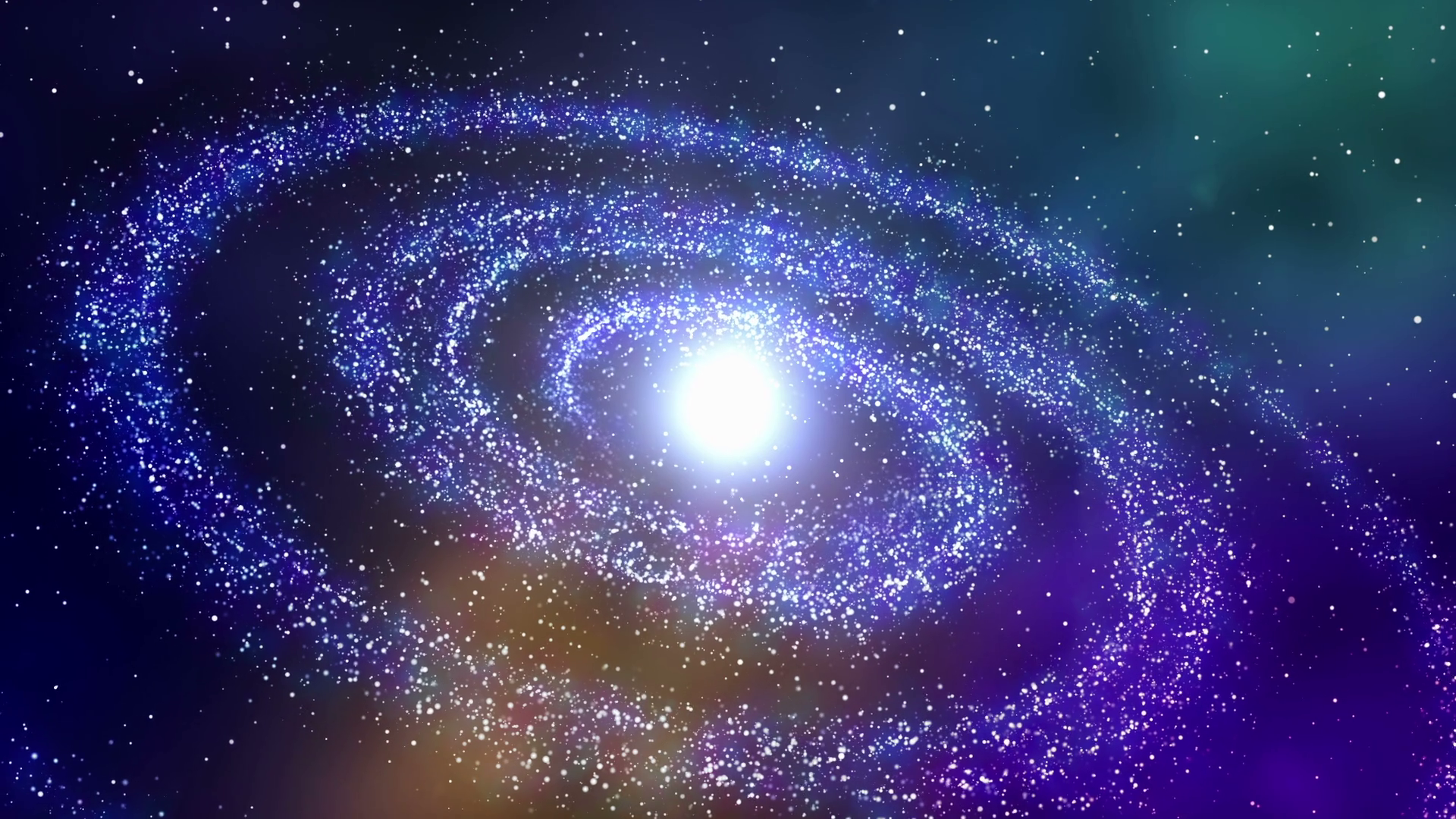
How are stars named?
The brightest stars have proper names that often originated with Ancient Greek or Arabic astronomers – for instance, Sirius, the brightest star in the night sky, has a name derived from the Greek for ‘scorcher’. The bright stars in each constellation are also named with Greek letters in alphabetical order – so Sirius is also Alpha Canis Majoris.
Why do stars twinkle?
They don’t. Their light gets distorted by churning gases in Earth’s atmosphere – hence why telescopes are built on mountains, above the bulk of the air. We only notice the twinkling as stars are tiny points of light; planets don’t twinkle as they’re close enough to appear as tiny discs.
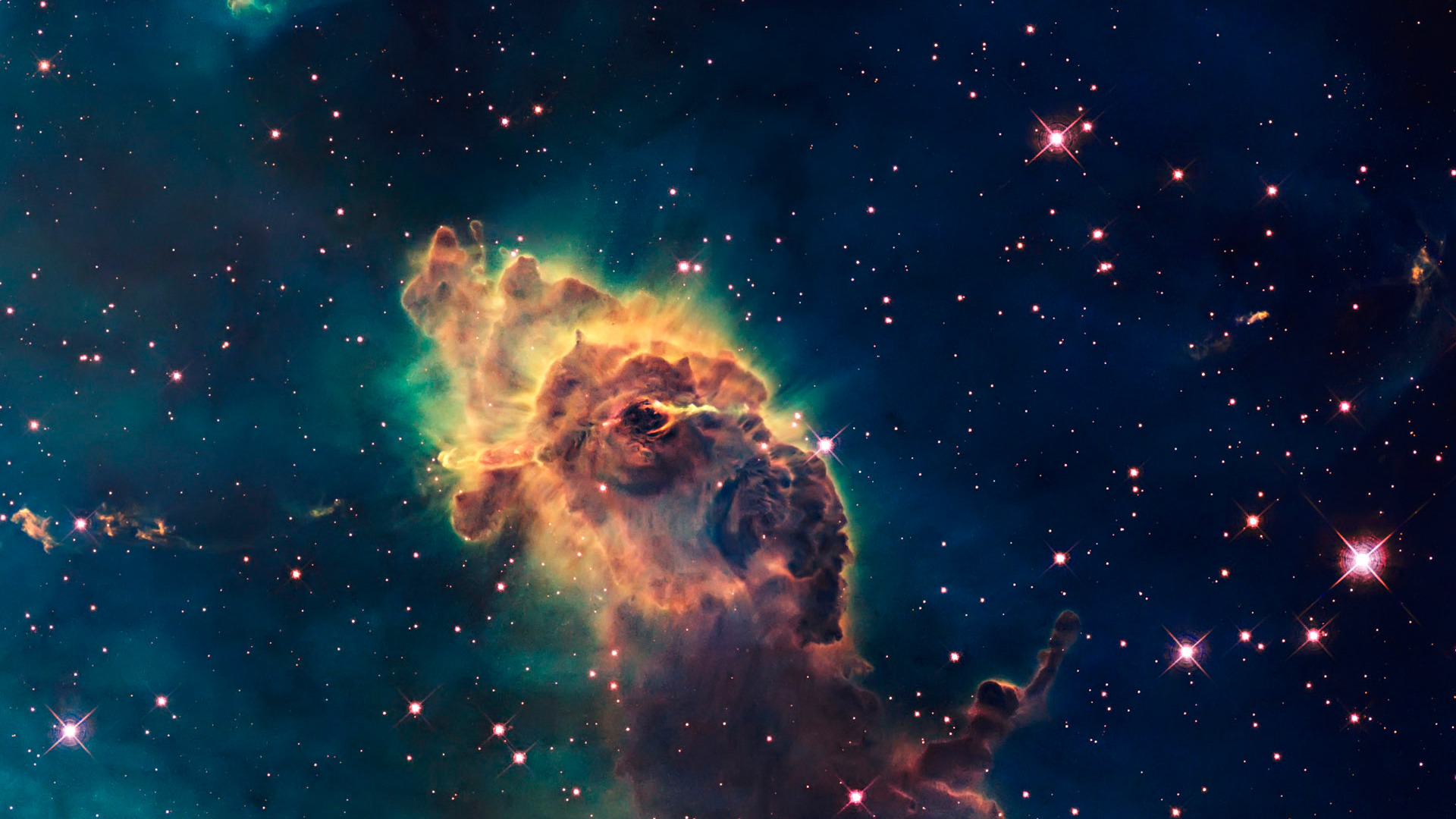
Which is the farthest star that we can see?
Ignoring occasional flare-ups such as supernovas, the farthest star we can reliably see with the naked eye is the obscure V762 Cassiopeiae, which is just visible under dark skies and is around 16,300 light years away. The most distant well-known star, meanwhile, is Deneb, the brightest star in the constellation of Cygnus, the Swan. It lies a still impressive 2,600 light years away and is the 19th brightest star in the sky, suggesting it is around 200,000 times more luminous than the Sun.
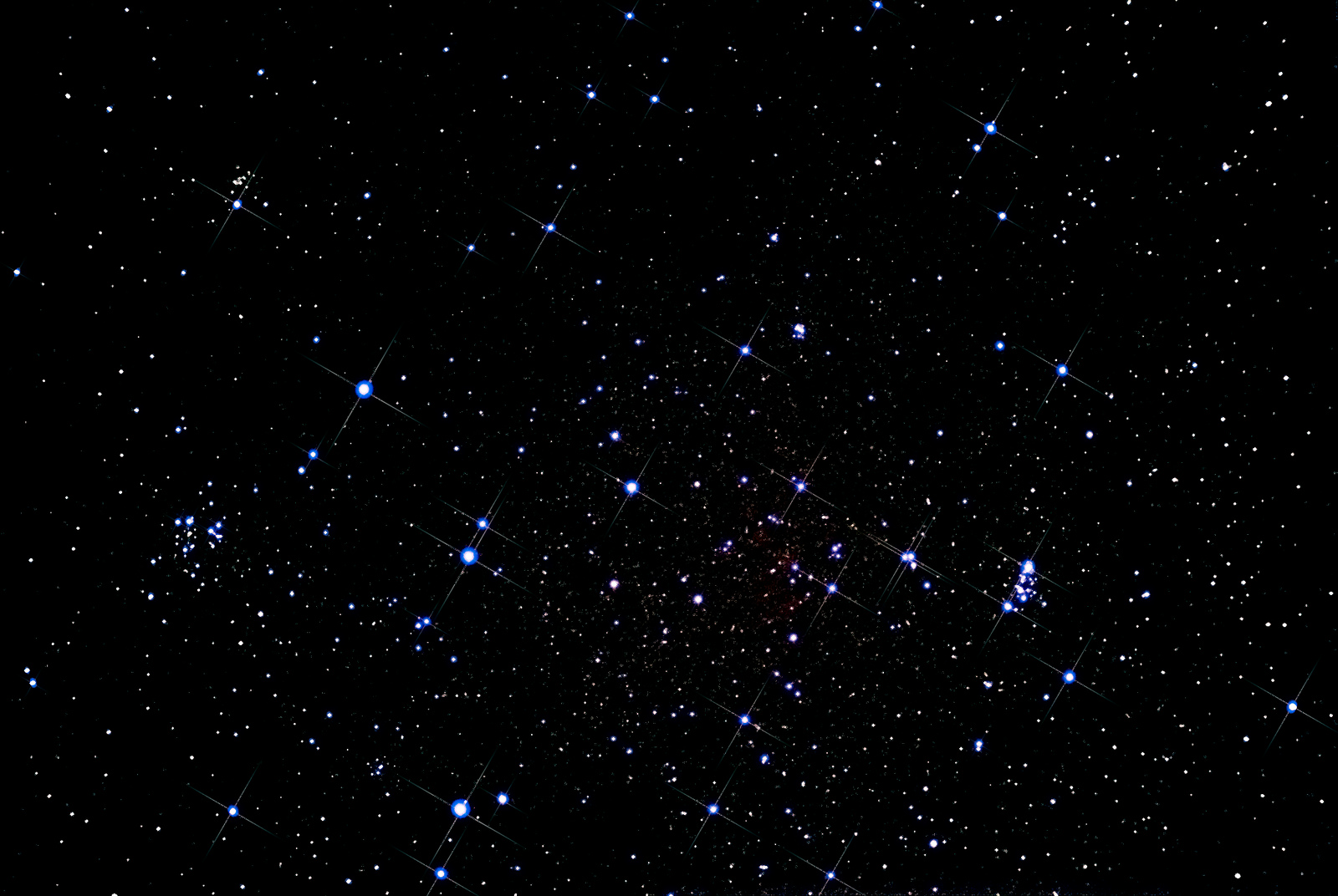
What is neutron star?
Neutron stars are extreme stellar remnants formed after a giant star goes supernova. When the star runs out of fuel, it collapses under its own weight, creating a huge shockwave that compresses the core from the size of our Sun to roughly the size of London. Atomic nuclei in the core are torn into their subatomic components and protons are transmuted into yet more neutrons that can reach crazy densities: a pinhead of neutron star material can weigh as much as a fully laden supertanker!
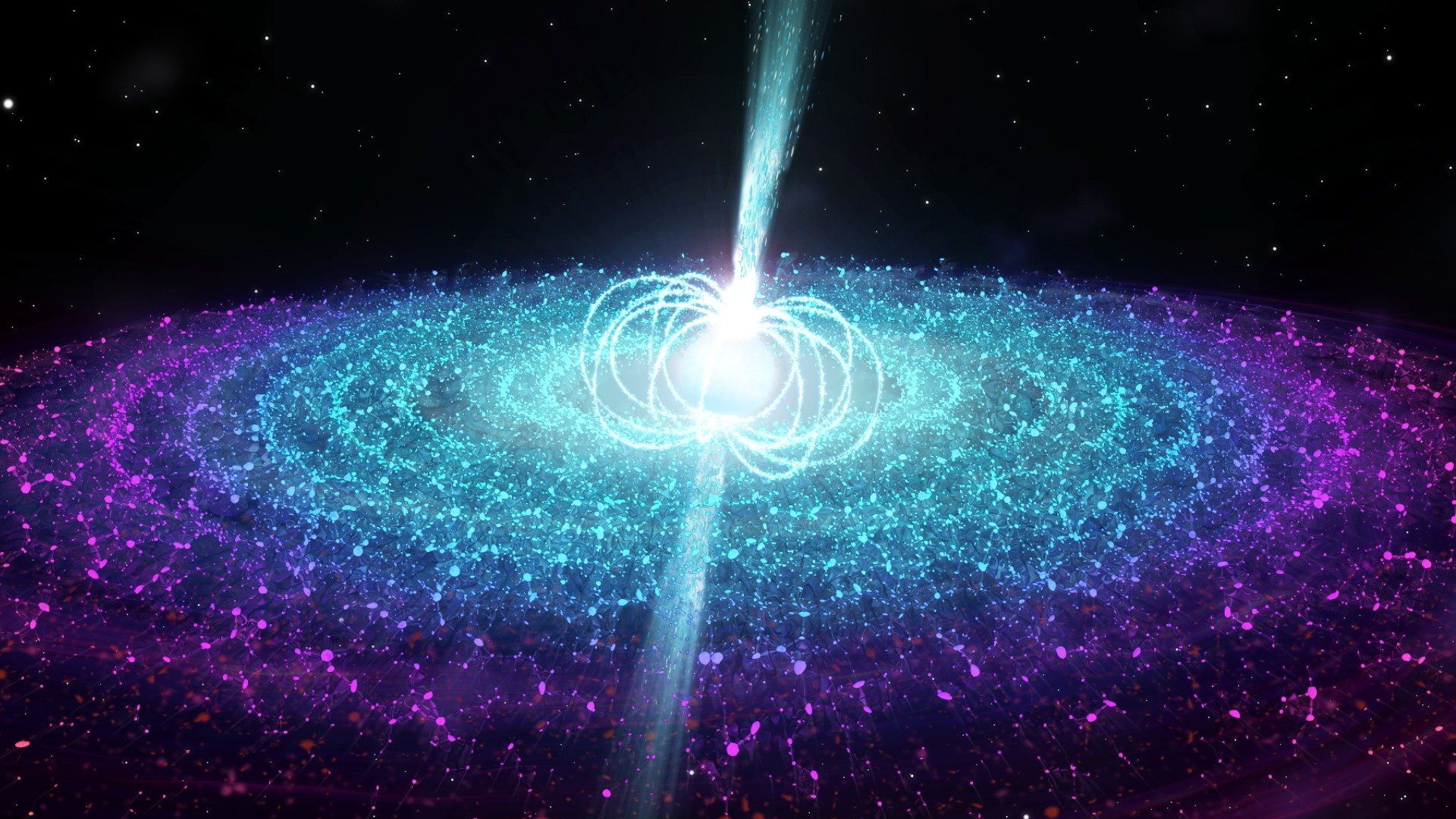
Can we tell if the stars we see have died?
Stars take millions or billions of years to move through their life cycles, but the light from stars in our galaxy usually spends a few thousand years at most travelling to Earth. On the law of averages, then, it’s pretty unlikely that a star will have died in the intervening time, but there are some exceptions, eg Eta Carinae might have already exploded.

What’s the difference between a nova, supernova and hypernova?
Novas are relatively small explosions in double star systems. They come about when a white dwarf’s intense gravity tugs material away from a companion star. Gas piles up around the white dwarf and eventually becomes dense enough to ignite in a burst of nuclear fusion. Most supernovas, meanwhile, mark the deaths of massive stars and the formation of neutron stars. They are triggered when a shockwave tears through the outer layers of a dying star, igniting a firestorm of nuclear fusion. Finally, hypernovas are ultra-energetic supernovas marking the birth of black holes and associated with the release of intense gamma-ray bursts.
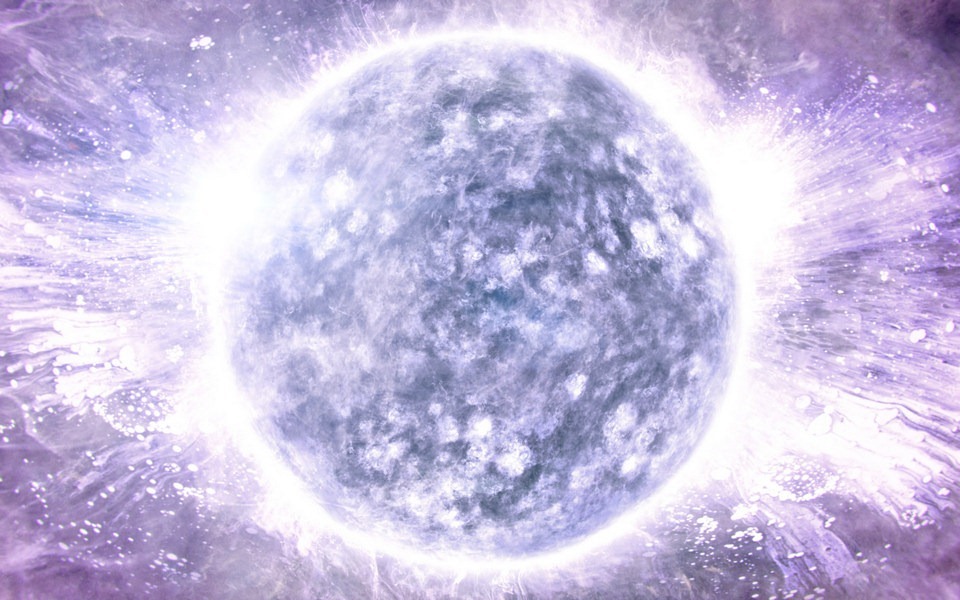
Where is Betelgeuse?
With a diameter large enough to swallow up Jupiter’s orbit around the Sun, Betelgeuse is the closest supergiant star to Earth 640 light years away in the Orion constellation. Nearing the end of its life, it has developed a series of internal shells creating energy from the fusion of various elements, increasing its energy output to the equivalent of 120,000 Suns. The pressure of radiation pouring out from the star’s interior has caused its outer layers to balloon to a vast size and cool to a deep red.
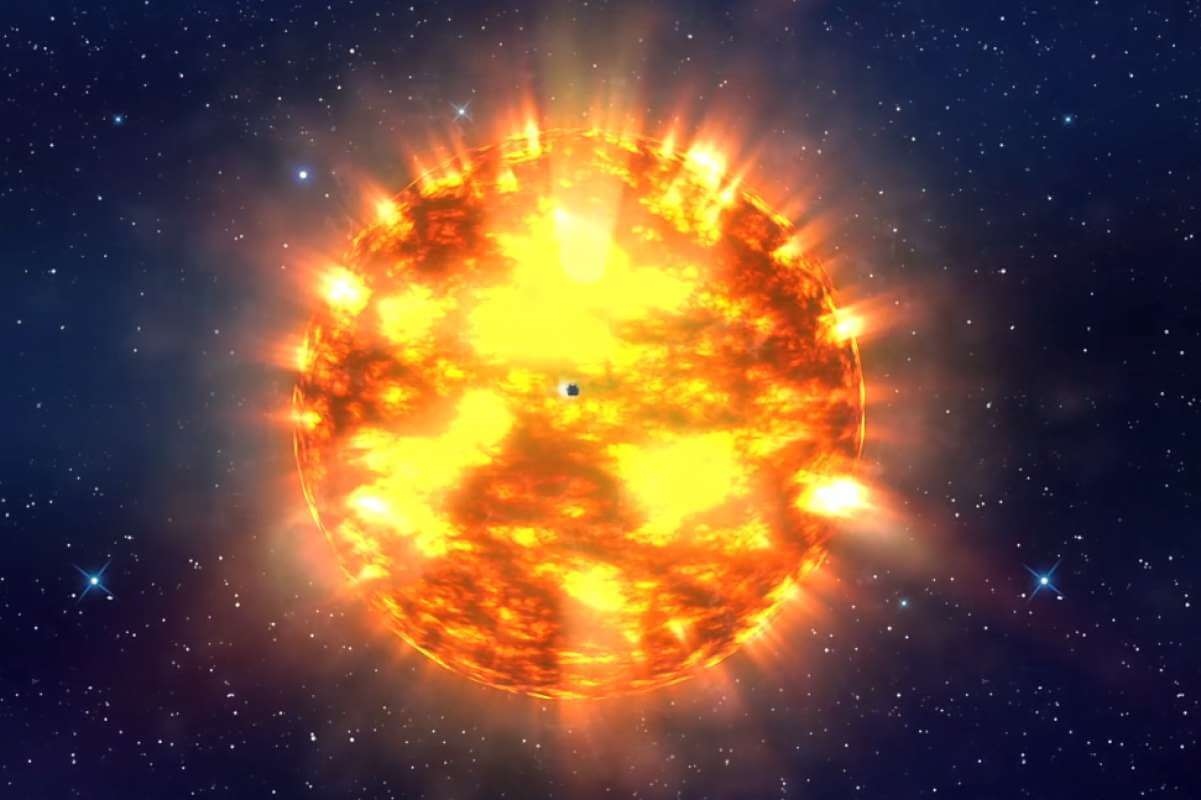




Related Posts
Top-7 Most Expensive Dogs in the World
7 Most Expensive Cats in the World 2023
Top-7 most luxurious and expensive airlines in the world